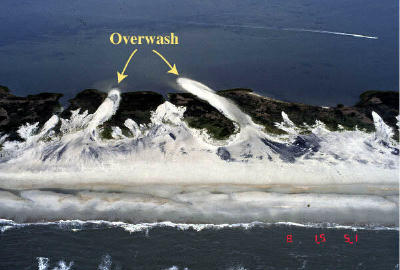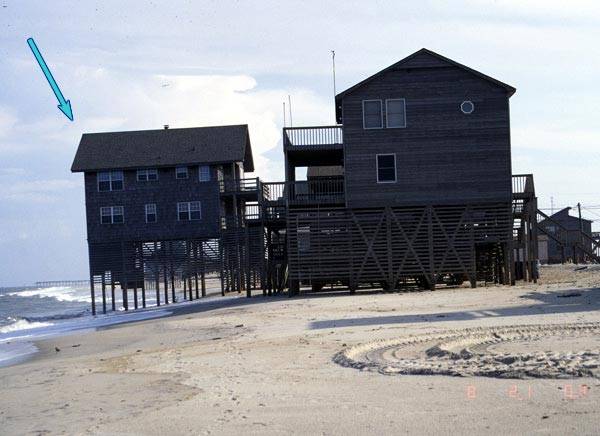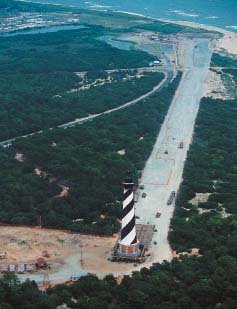 |
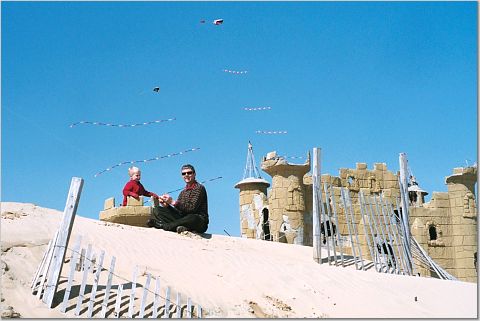 |
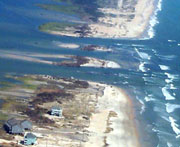 |
 |
 |
| Hatteras Light October 1999 ASCE |
Jockey's Ridge State Park March 2006 photo by Dr C |
Isabel Inlet November, 2003 National Geographic |
Shell Island Hotel, 1998 Carolina Coastal Science |
Wrightsville Beach, 2002 Wrightsville.com |


